The Yoga Sutras and The 8 Limbs of Yoga - Asana and Pranayama
ASANA – Physical Postures
This is probably the limb we’re most familiar with in the Western yoga world. Asana are the physical postures we do on our mat and this limb is, nowadays, quite often the point of entry for people into yoga. We call all the different postures and flows we do asana. However, its original meaning was simply a comfortable seat. Patanjali’s text has no other asana instruction other than the necessity of finding a steady and easy posture, sthira sukham asanam, in which to engage in the practices of pranayama and meditation. The idea is to be able to sit in comfort so we’re not ‘pulled’ by aches and pains of the body, or restlessness due to an uncomfortable position. The many different asanas that we practice can, however, in time help to open up the body in order to sit comfortably for meditation.
PRANAYAMA – Breathing Techniques
The word Prana refers to ‘energy’ or ‘life source’. It describes the very essence that keeps us alive, as well as the energy in the universe around us. Prana also often describes the breath, and by working with the way we breathe, we directly affect the state of our mind. There are many different techniques that all have a different effect on our mind and our state of being. For example, we may choose calming practices like Chandra Bhadana (moon piercing breath) or more stimulating techniques such as Kapalabhati (shining skull cleansing breath).

